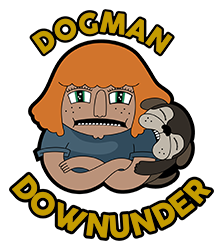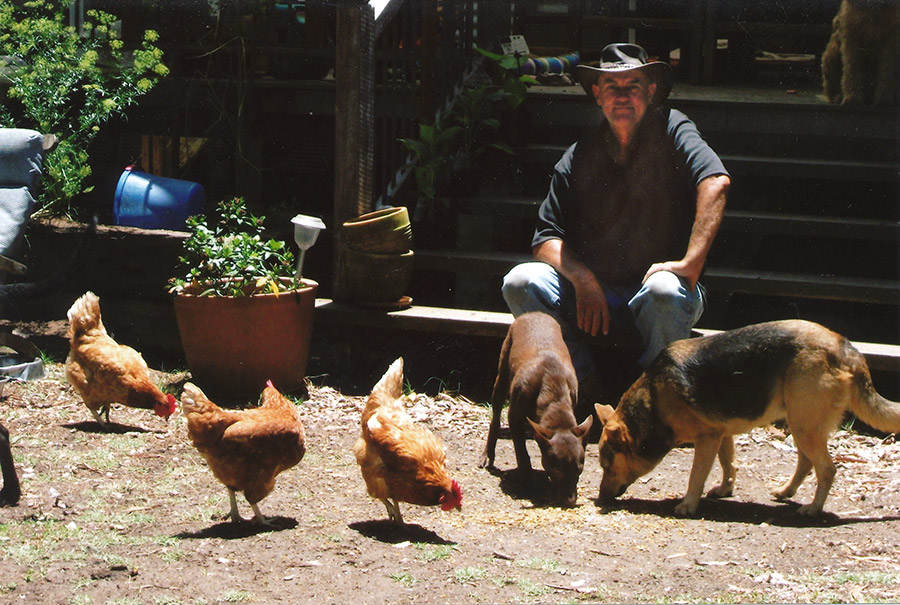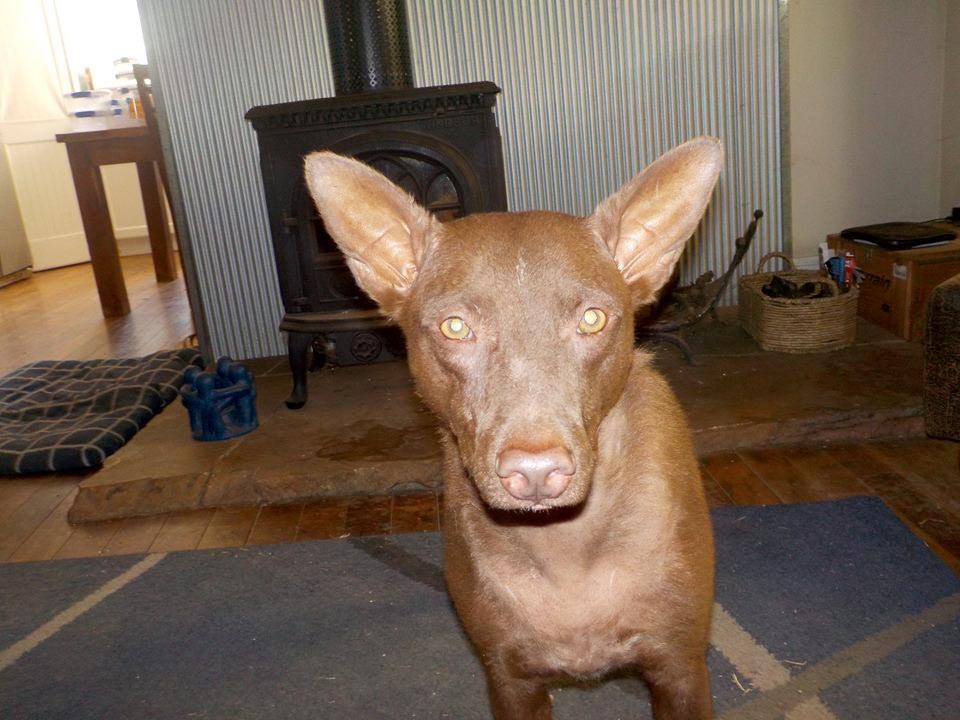Nervous Dogs
Dogman Down under
Nervous, anxious, or frightened dogs all share the same state of mind.
These behaviours stem from your dog having no confidence. The cowering, shaking, fear or aggression that stems from this is the symptom, not the cause.
We can treat the symptoms temporarily by removing the dog from the cause but that doesn’t cure the behaviour. When a dog reacts aggressively to another dog on the lead because that dog frightens it and we turn around and walk away, then when it calms down and we give it a treat (reward the good behaviour) we have stopped it being aggressive but as soon as you take that dog back to the other dog, it will get aggressive again. Your dog hasn’t lost its fear. It may take years for your dog to get over its fear of that one dog. Your dog has never had to go outside its comfort zone. Then… If It finally accepts that dog means it no harm the next dog it meets will raise all those fears again.
That’s why I will take your dog with you outside of that comfort zone. In a calm way, I will work to instill confidence in your dog so it does not fear other dogs. It will have confidence in its owners to deal with any problem. We all want confident outgoing children so we lead from the front. That’s what I want for dogs.
Being fearful with tail between legs trying to run and hide, is a much more difficult condition to deal with.
Everything has to go very much slower. If we are lucky, we will know the cause of the fear. For instance, a previous owner who was a big man hit your dog with a stick. That makes things a lot easier to deal with.
Most times, we don’t know what instilled the fear so the assessment of what’s wrong has to be by someone who understands a dog’s mentality. Cuddling and sympathy must never encourage the symptom- that’s a selfish emotion from the human. The dog needs a strong person to trust and show them that there is nothing to worry about. We cannot use words to explain things to dogs so we have to use our emotions.
These behaviours stem from your dog having no confidence. The cowering, shaking, fear or aggression that stems from this is the symptom, not the cause.
We can treat the symptoms temporarily by removing the dog from the cause but that doesn’t cure the behaviour. When a dog reacts aggressively to another dog on the lead because that dog frightens it and we turn around and walk away, then when it calms down and we give it a treat (reward the good behaviour) we have stopped it being aggressive but as soon as you take that dog back to the other dog, it will get aggressive again. Your dog hasn’t lost its fear. It may take years for your dog to get over its fear of that one dog. Your dog has never had to go outside its comfort zone. Then… If It finally accepts that dog means it no harm the next dog it meets will raise all those fears again.
That’s why I will take your dog with you outside of that comfort zone. In a calm way, I will work to instill confidence in your dog so it does not fear other dogs. It will have confidence in its owners to deal with any problem. We all want confident outgoing children so we lead from the front. That’s what I want for dogs.
Being fearful with tail between legs trying to run and hide, is a much more difficult condition to deal with.
Everything has to go very much slower. If we are lucky, we will know the cause of the fear. For instance, a previous owner who was a big man hit your dog with a stick. That makes things a lot easier to deal with.
Most times, we don’t know what instilled the fear so the assessment of what’s wrong has to be by someone who understands a dog’s mentality. Cuddling and sympathy must never encourage the symptom- that’s a selfish emotion from the human. The dog needs a strong person to trust and show them that there is nothing to worry about. We cannot use words to explain things to dogs so we have to use our emotions.
Sometimes, results come within hours. Other times, results have to be judged on if your dog improved a lot or a little so its life is not as miserable as it was before. There are limits with some fearful dogs, using the resources we have. Doing the best we can, using the best help and results we have is all anyone can do.
The important thing is, never give up, and be prepared to think outside of the box.
Getting confidence into your dog is the key.


